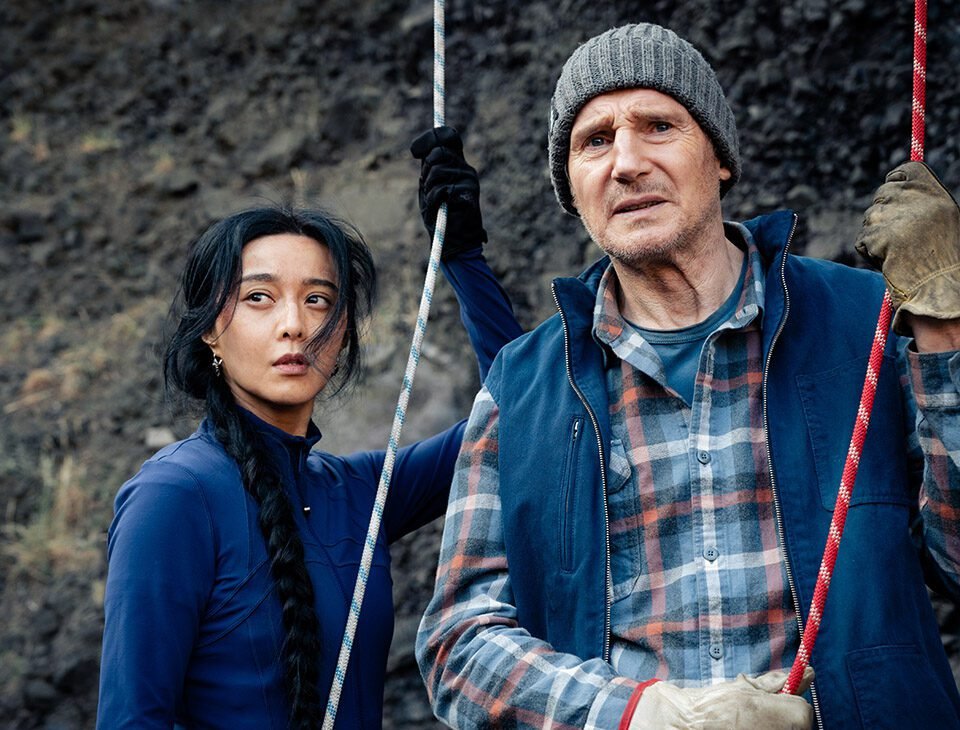


‘Ponyboi’ Review: River Gallo and Dylan O’Brien Star in a Sexy, Sweaty New Jersey Fever Dream
February 8, 2024


‘Every Little Thing’ Review: A Stunning Up-Close Portrait of a Hummingbird Rescuer and Her Tiny Patients
February 9, 2024The essay-like Netflix film from the ‘Strong Island’ director delves into the origins and implications of modern police violence in the United States.
Power
Essential viewing.
When Power begins, before we see anything onscreen, we hear the voice of director Yance Ford, preparing the audience for information about the police that may be difficult to swallow. For those of us who have been politically radicalized — either in the past during landmark events like the Rodney King riots or the recent present in the wake of the brutal murder of George Floyd — what we see in Ford’s tightly edited 85-minute documentary feature may not be surprising. But for the vast majority of people in America, the police are still considered trustworthy arbiters of law and order dedicated to keeping us safe. That is why, during the 2020 protests, “abolish the police” was quickly rebranded by liberal pundits as “defund the police.” Even with this softer message, the public outcry fell on deaf ears. And soon, the movement faltered.
To explain exactly how our government became so dependent on and loyal to the police, Power takes us back to the beginning of American law enforcement. Through archival footage and talking head interviews with writers and scholars, we learn that policing evolved from America’s need to keep both the Black and Indigenous populations under government control. In the mid-1700s, slave patrols were formed to catch and harass enslaved Black people. Later, in the 1800s, troops were deployed to forcibly remove Native Americans from their land to make room for white settlers. The connection between these efforts slowly became clear; both ensured white power over the land while establishing a permanent lower class.
Ford smartly connects these efforts to the establishment of whiteness in America. After slavery was abolished, poor white people were incentivized not to align themselves with Black people despite their shared economic struggles. This separation was enforced by the police, who were instructed and trained to target Black people, treating them noticeably worse than anyone considered white.
Ford threads together this information by creating a cohesive tapestry of corruption that evolved through a series of conscious choices by the government to define police power as absolute. Editor Ian Olds makes these connections look easy by juxtaposing informational and newsreel footage with damning talking-head commentary that brings everything together in essay-like fashion. Harrowing footage of police brutality is also deployed to disturbing effect, as we watch stone-faced, uncaring officers show no interest in the physical safety of vulnerable people.
The later parts of Power dive into the dangerous militarization of American police forces, and how that corresponds with the American military’s pivot to global policing after World War II. This brings the film to a point that isn’t discussed enough: American policing is also a reflection of the way our government approaches foreign policy. Much like policing in this country, military intervention overseas does not meet the needs of the people. Our version of assistance is just a thinly veiled method of control meant to maintain the social order on a global scale.
Though the doc is less personal than his solo directorial debut, Strong Island, Ford nevertheless individualizes Power with his selective interludes of narration. His voice comes through loud and clear, as if he’s in the room watching Power alongside us. He doesn’t have to explain his connection to the material; as a Black trans man, he knows how he is perceived by law enforcement and America at large. The same system that allowed his brother to be murdered without justice would easily sentence him to the same fate. And despite the supposed futility of making a film like this, Ford demonstrates his resilience by continuing to dive into the depths of the deeply broken American Dream.
Since Donald Trump won the election in 2016, Democrats have bemoaned the end of democracy. And Trump did plenty to warrant that sense of dread. But then Joe Biden won the election of 2020, preventing Trump from getting an immediate second term. And yet, for many people, things didn’t get much better. COVID-19 stuck around, and people continued to get sick and lose their jobs. Student debt forgiveness was posed and struck down. Roe v. Wade was overturned. The 2020 protests failed to move the needle on any significant police reform. With a Democrat in office, we are urged to believe that change is around the corner. It feels like a cruel coincidence that Power is premiering during the lead-up to the 2024 election while a partially American-funded assault on Gaza rages on. In a world controlled by costly policing, we as a society need to come to an agreement on how to create a better future. Is democracy really possible when violence dominates us all?





